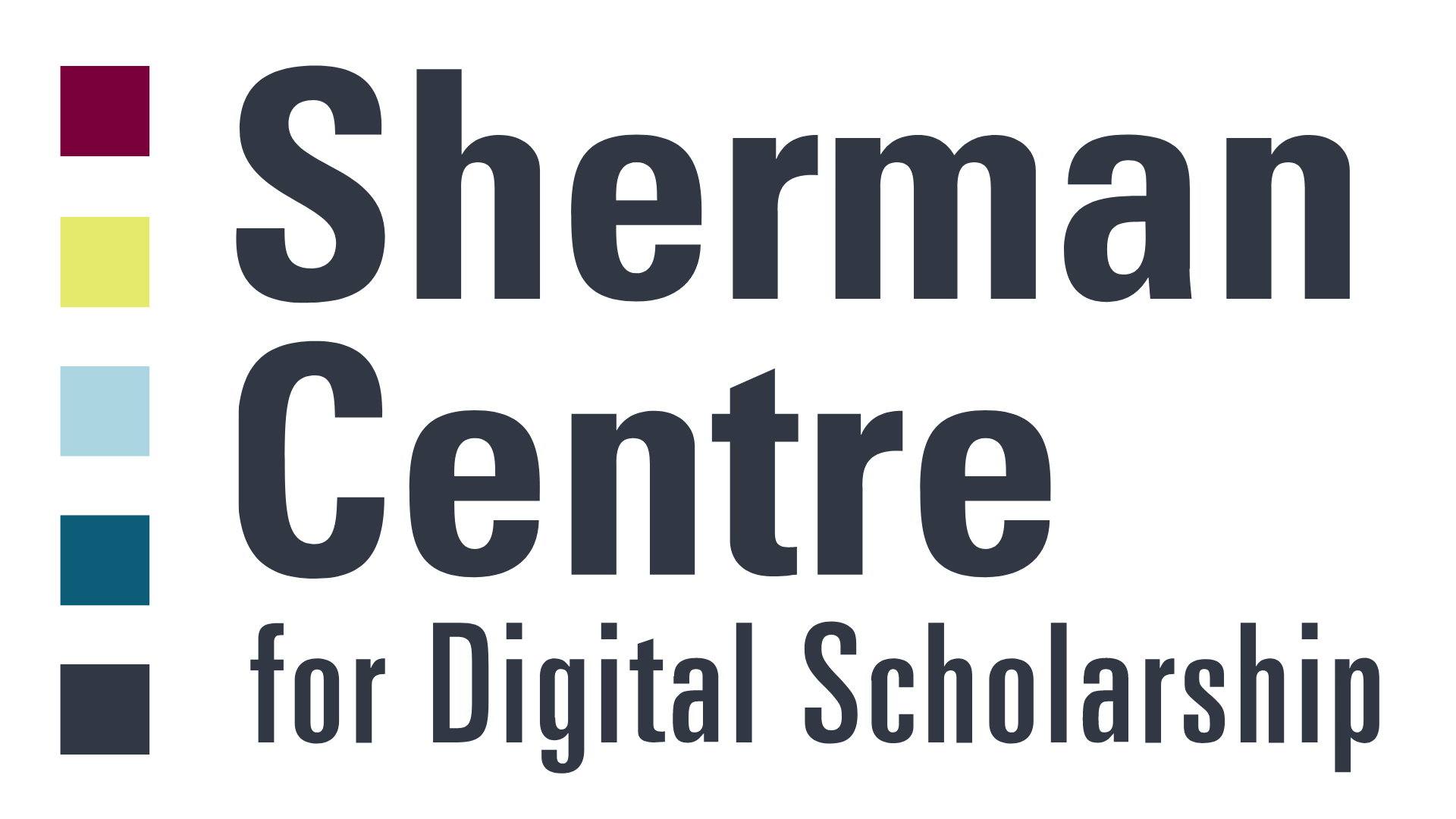By Elyse Letts
Imagine playing with a toddler – one second they’re sitting quietly and colouring, the next they’re playing with a ball, and before you know it, they want you to chase them down the hall. The quick transitions between activities might be dizzying to us as adults, but it’s actually important for their growth and development. For toddlers, trying a wide range of activities helps them learn about their environment, all while practicing how to move their bodies in different ways. So how do we know if a toddler is moving enough? The answer is pretty simple… movement sensors!
You might have an AppleWatch or a Fitbit that tracks how much you’re moving – those are movement sensors (a.k.a. accelerometers). Or maybe you have a smart phone? They have movement sensors too! In fact, movement sensors are all around us. These devices are trained and tested in adults who, as you can imagine, move very differently than toddlers. Adults tend to be active in longer bouts (going for a run, to the gym), but then sedentary or moving very little the rest of the time. Toddlers move for very short bouts pretty consistently throughout a day. They also just move their bodies differently than adults or even older kids – they scoot, crawl, and have that funny out-of-balance way of walking. These things combined make it difficult for current movement sensors to accurately track toddler movement. I’m aiming to help fix this.
My name is Elyse and I am a PhD student with the Child Health & Exercise Medicine Program. I am very passionate about child health and believe that kids need to develop healthy movement habits as early in life as possible. The earlier we can identify that kids aren’t getting enough activity, the earlier we can intervene and help set them on the best path moving forward.
So far in my graduate work, I have developed a way to more accurately measure toddler activity. I did this using machine learning – it can sound intimidating, but what I’ve done is teach a computer (using math and computer code) to look at different signals from a movement sensor and predict how the toddler was moving at that time. So, I now have this computer model that predicts toddler activity, but it’s complicated to use and not user-friendly. I’m partnering with the SCDS to create a usable tool that can be shared with other researchers, clinicians, and anyone else who wants to look at toddler activity.
To make this open-access tool, I need to learn a few new concepts (and skills). I need to understand what people want and need in software like this. Specifically, what features would be helpful to them? I also need to understand the design principles that exist for creating software/tools like this. User design is a large sub-field in computer science, so I am trying to take what learnings I can from existing sources. Finally, I will also need to improve my technical skills. Coming from a kinesiology background, I have spent a lot of my graduate training learning how to write computer code, but I have never built software like this! I am hoping to understand what tools and resources currently exist to support this kind of software development.
As a toddler, my parents always taught me the importance of sharing – so now I’m putting that lesson to work! My goal for my time as a SCDS graduate resident is to build and publicly share a tool that can help researchers, clinicians, and beyond to measure toddler physical activity.
About Elyse Letts
Elyse Letts (she/her) is a PhD student in Medical Sciences at McMaster University with the Child Health & Exercise Medicine Program. Her research focuses on improving physical activity and sedentary time measurement in toddlers as well as investigating the impact of physical activity on toddler health outcomes. She completed an undergraduate degree (BSc) in Kinesiology at the University of Waterloo. Outside of research, she loves to read, travel, and bake!
The aim of Elyse’s project is to develop a publicly-available tool to assess toddler physical activity using machine learning, without needing any technical coding experience. Physical activity is essential for healthy growth and development in children and supports improved health. For young children, the Canadian 24-hour Movement Behaviour Guidelines for the Early Years suggests that toddlers get 180 minutes of physical activity each day. But to understand if toddlers are meeting these guidelines, we must first be able to accurately measure their activity levels. In her thesis work, Elyse has developed a machine learning model that can measure toddler activity. She will now expand this this into a tool that can be used by anyone who works with toddlers, for example clinicians, researchers, and public health agencies.



Leave a Reply